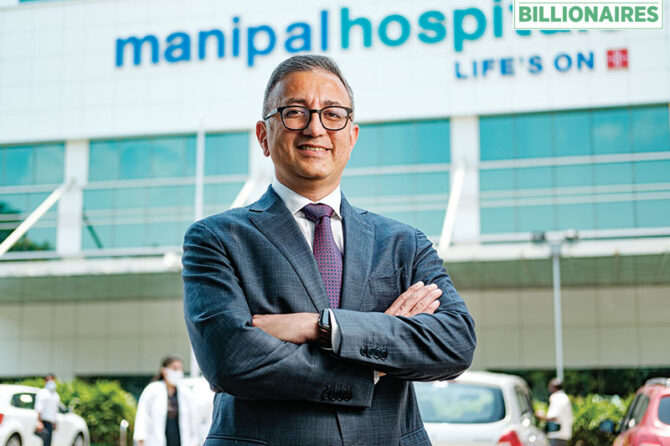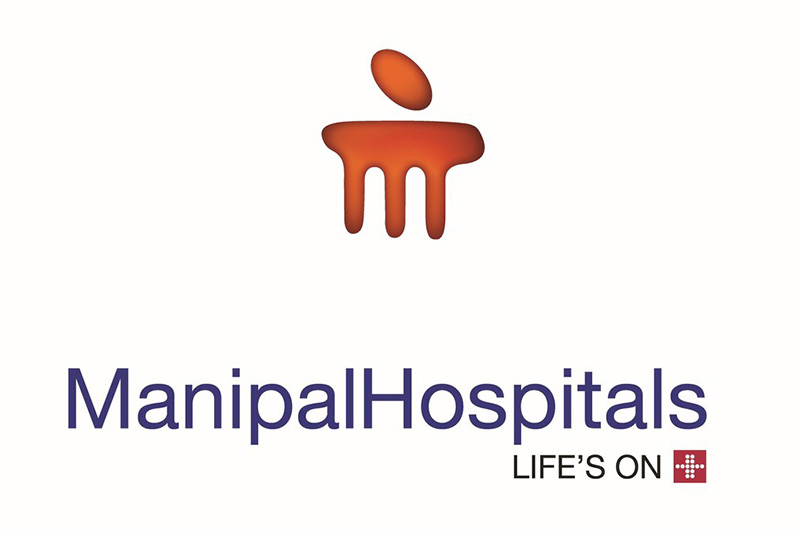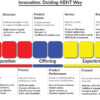
Manipal Hospitals, under the leadership of Ranjan Pai, is growing at a pace faster than my ability to comprehend its business trajectory. Just a month after I wrote a blog about its acquisition of AMRI Hospitals in Kolkata, it’s making headlines again. Manipal’s rapid growth is a testament to how one can utilize their brand value to fuel both their organic and inorganic growth.
Manipal Hospitals, part of the prestigious Manipal Education and Medical Group, has established significant brand value through its commitment to quality healthcare, patient safety, and innovation. With a history spanning over six decades, the chain is renowned for its advanced medical facilities, skilled professionals, and compassionate care. Embracing cutting-edge medical technology and treatments, and investing in staff development, Manipal Hospitals has built a reputation for excellence and trust in the healthcare sector, both in India and internationally. This holistic approach to healthcare has solidified its position as a formidable force, poised to become India’s largest hospital chain in just six months, surpassing the current leader, Apollo Hospitals. This ambitious journey raises an intriguing question: Is Manipal set to be a major disruptor in the organized hospital industry?
The Growth Trajectory of Manipal Hospitals
Manipal Hospitals’ growth story is remarkable. Currently, it operates 33 hospitals with 9,600 beds across 17 cities. This expansion has been largely fuelled by a series of strategic acquisitions. In 2020, Manipal acquired the India business and assets of Columbia Asia Hospitals for Rs. 2,100 crore, followed by the acquisition of Bengaluru-based Vikram Hospitals in 2021. Most recently, it acquired Kolkata-based AMRI Hospitals for Rs. 2,300 crore, adding 1,300 beds and becoming India’s second-largest operator of hospitals.
Accelerated Expansion Plans
The group’s aggressive growth strategy doesn’t stop there. In the next six months, Manipal plans to commission four new hospitals. Three of these will be in Bengaluru, adding 1,000 beds and solidifying its presence in a key Southern Indian city. Another significant 400-bed hospital is set to open in Raipur, Chhattisgarh. Upon the completion of these projects, Manipal will lead the Indian market with 11,000 beds.
Strategic Acquisitions and Partnerships
Manipal’s ambitions extend beyond just being the biggest; it aims to grow to unprecedented scales. The chain is currently in talks to merge with Medica Synergie, which will significantly strengthen its presence in East India. This merger is expected to be seamless, given that Temasek, a major investment company, owns a significant stake in both chains—59% in Manipal and 90% in Medica.
The potential merger with Medica is particularly strategic, given Medica’s focus on cancer care, including the new Asansol hospital dedicated entirely to this specialty. This move not only expands Manipal’s geographical footprint but also diversifies its specialty care offerings.

Beyond the East: A Pan-India Presence
Manipal’s expansion isn’t limited to the East. The chain is exploring investments to extend its reach into other major regions, including Delhi/NCR, Hyderabad, and Vizag. This pan-India expansion approach reflects a well-thought-out strategy to not just grow in size but also to enhance its service offerings and patient reach.
Disruption in the Hospital Industry
Manipal’s rapid expansion and acquisition strategy signal a potential disruption in the organized hospital industry in India. By rapidly scaling up, it is challenging the status quo and pushing other major players to rethink their strategies. Its approach of combining organic growth with strategic acquisitions is reshaping the landscape of healthcare services in India.
The Impact of Manipal’s Growth
Increased Competition: Manipal’s rise is increasing competition among major hospital chains, potentially leading to better services and innovations in healthcare delivery.
Market Consolidation: The series of acquisitions by Manipal points towards market consolidation, which could have significant implications for pricing, service quality, and access to healthcare services.
Specialization and Diversification: By focusing on specialized care like cancer treatment, Manipal is diversifying its service offerings, which could lead to better patient outcomes and more tailored healthcare solutions.
Geographical Expansion: Manipal’s pan-India presence means more patients can access high-quality healthcare services, reducing the disparity in healthcare availability, especially in underserved regions.
Looking Ahead: A New Era in Healthcare
Manipal’s journey from a regional player to a potential national leader in the hospital industry is a testament to strategic planning, leadership, and an understanding of the healthcare market dynamics. Its growth story is not just about acquiring and expanding; it’s about fundamentally changing how healthcare is delivered and accessed in India.
As Manipal moves forward with its ambitious plans, it stands at the precipice of ushering in a new era in the healthcare industry. Its growth strategy, focused on acquisitions, specialization, and geographical expansion, is set to not just disrupt but potentially redefine the organized hospital sector in India.
Epilogue
In conclusion, Manipal Hospitals’ rapid expansion and strategic acquisitions are indeed signalling a disruption in India’s organized hospital industry. With its eyes set on becoming the largest hospital chain in the country and its ongoing efforts to diversify and specialize, Manipal is poised to redefine the standards of healthcare in India. As the industry watches this remarkable growth, one thing is certain: Manipal Hospitals is not just growing; it’s reshaping the future of healthcare in India.
Prof. Dr. Prahlada N. B
6 December 2023
Chitradurga.

















Healthcare delivery being hijacked by the corporate world does not harbour well for the most important cog in the delivery ……the doctors itself..
ReplyWith an explosion in the number of doctors qualifying each year due to the mushrooming of private medical colleges, their status is gradually being reduced to cheap labour. We are squeezed from all sides..corporates pay meagre salaries, pressure to perform keeps the Damocles's sword hanging over our necks, even the Insurance sector does not give us ANY value as it ties up with packages for various procedures with the hospitals with us having NO say in our fee.. .They only way forward for the medical community in future in India is to
1.Unite as a community
2. dive deep into entrepreneurship and become the corporates themselves
3. Always preserve the HUMANE , Compassionate and ETHICAL values that healthcare needs desperately.
Very true observation and bold Statement Sir ,Survival of the fittest,
ReplyPrahlada Sir 💐
When one hospital chain starts growing at a fast pace, others in the market, automatically have to change their strategy, in order to stay in the limelight & thrive.
‘ManipalHospitals’ , under Ranjan Pai is on upward trajectory, what with acquisitions, specialisations & expansions happening every now & then. Manipal Hospitals , is now becoming a major health care provider in India ,next only to Apollo Hospitals.
In this context , if an individual Doctor 👨⚕️ with his own small setup , has to survive amidst mushrooming corporate hospitals, it becomes difficult. But you are a study in contrast, Prahlada Sir !
Any number of corporate hospitals & the specialists working there , will not be able to beat you, in ENT , Head & Neck field. You are a self-grown individual Specialist Doctor. So only…. you are being invited all over the world for your innovative surgical skills.
Coming back to fast growing of Manipal hospitals group…it is a positive trend for overall health care improvement in our country.
Reply